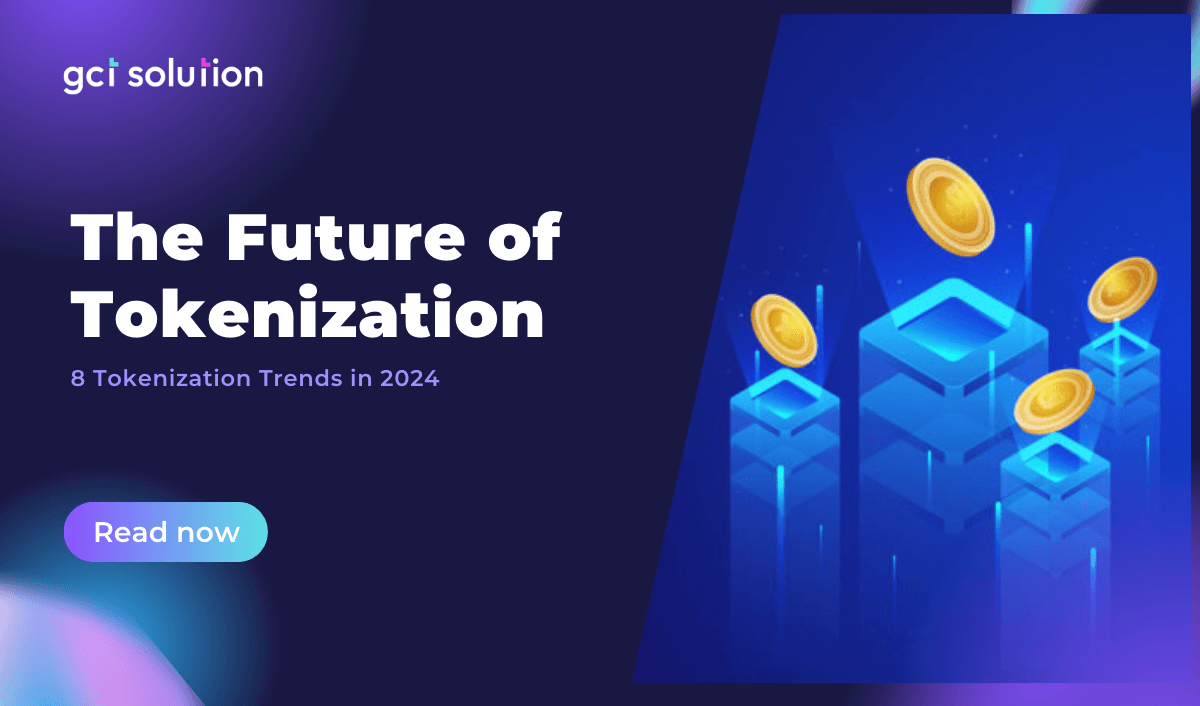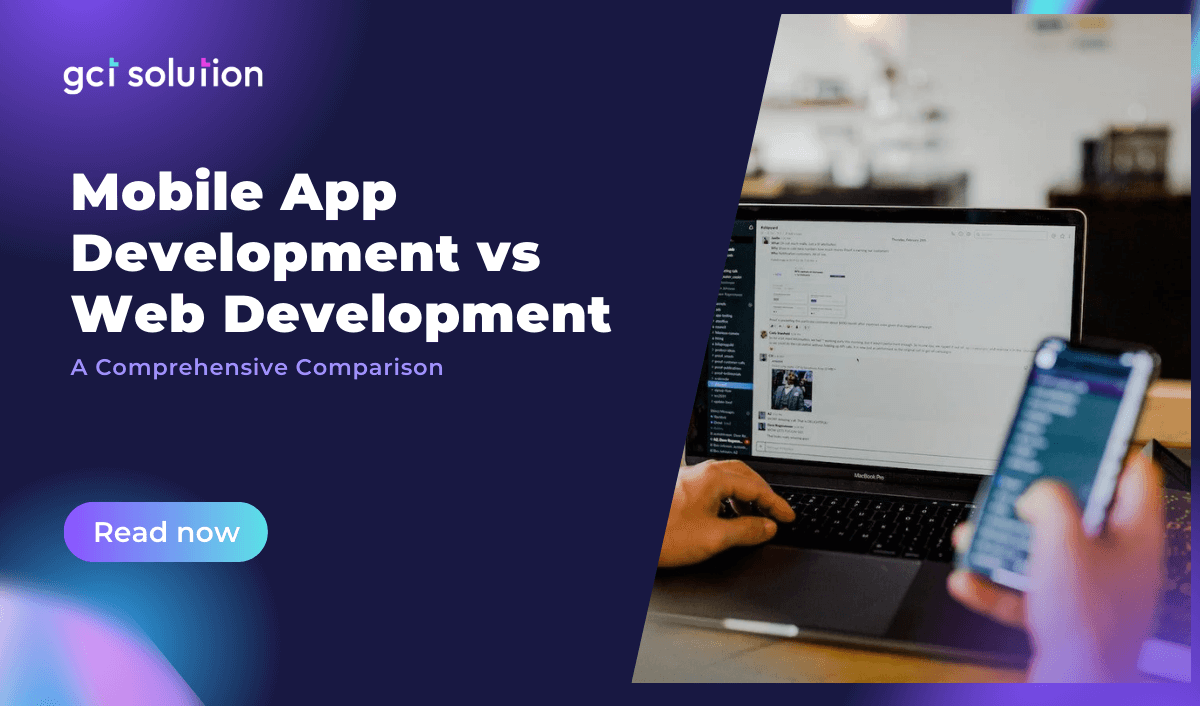The financial landscape is undergoing a profound transformation, driven by the rapid adoption of blockchain technology and the advent of tokenization. This innovative process, which involves converting ownership rights in assets into digital tokens on a blockchain, is not just a theoretical concept but a burgeoning market force. As of 2023, the market for tokenized assets is projected to reach a staggering $16 trillion by 2030, highlighting the immense potential and growing investor interest (Hackernoon). This growth is underpinned by the increasing tokenization of traditional financial assets, diversification into new asset classes, and significant advancements in regulatory frameworks and technology. As we look ahead to 2024, understanding the trends and catalysts driving this revolution is crucial for businesses and investors seeking to capitalize on these emerging opportunities.
dApps Development: A Comprehensive Guide
The popularity and adoption of dApps are growing at an unprecedented pace. As of 2023, the total value locked (TVL) in decentralized finance (DeFi) platforms, a key sector of dApps, surpassed $100 billion, highlighting the immense potential and trust in this innovative technology. This comprehensive guide by GCT Solution explores the world of dApps, analyzing their characteristics, advantages, use cases, development processes, and best practices to help you navigate and succeed in this burgeoning field.
13 Key Differences Between Fintech and Banks – Understanding The Essence
The emergence of fintech has revolutionized how we manage our finances, offering innovative solutions that cater to the digital age. According to a report by Statista, global investment in fintech ventures reached a staggering $105 billion in 2021, highlighting the significant growth and potential of this sector. On the other hand, traditional banks, with their long-standing presence and established reputation, continue to play a vital role in the financial ecosystem. As consumers navigate the choice between fintech and traditional banks for their financial needs, understanding the key differences between these two entities is crucial. Whether you are a tech-savvy individual seeking convenience or a customer valuing traditional banking services, this exploration by GCT Solution aims to guide you in making informed decisions about your financial journey.
What is InsurTech? Definition, Benefits, Examples and The Future of InsurTech
The global InsurTech industry has been experiencing rapid growth in recent years, with funding reaching a record high of $15.4 billion in 2021. This staggering number underscores the immense potential of InsurTech, which is revolutionizing the insurance sector by leveraging cutting-edge technologies to enhance efficiency, improve customer experience, and drive innovation. So, what is InsurTech and why does it gain such momentum? Let's gain a deeper insight of this billion-USD industry with GCT Solution’s experts!
The Revolution of Fintech in Banking: A New Era of Financial Services
The world of banking and financial services is on the cusp of a technological renaissance, and the catalyst for this transformation is the rise of fintech. This blog post will explore the revolution that fintech is bringing to the banking industry, uncovering the innovative solutions and disruptive trends that are reshaping the landscape of financial services. From mobile banking apps to blockchain-powered transactions, the fintech revolution is redefining the way we interact with our money and the institutions that manage it.
Regtech and Fintech: A Complete Comparison
Regulatory technology (Regtech) has emerged as a crucial component reshaping the way financial institutions navigate compliance challenges. Regtech solutions leverage innovative technologies to streamline regulatory processes, enhance compliance efficiency, and mitigate risks in the financial sector. According to a recent study by Deloitte, the global Regtech market is projected to reach $55.28 billion by 2025, highlighting the growing importance and adoption of Regtech solutions in the financial industry. Join GCT Solution as we delve into the intersection of Regtech and Fintech, exploring how these technologies are revolutionizing regulatory compliance and driving operational excellence in the financial services sector.
7 Programming Languages for Mobile App Development That Developers Should Know
Mobile app development has become an integral part of our digital landscape, with businesses and individuals alike seeking to create engaging and functional applications for smartphones and tablets. As the demand for mobile apps continues to rise, developers must stay up-to-date with the latest programming languages and frameworks to deliver high-quality, efficient, and user-friendly applications. In this blog post, we will explore seven programming languages that mobile app developers should be familiar with in 2024 and beyond.
Web Application Security Testing (WAST) 101: Understand The Basis
Web applications play a vital role in our digital world, handling sensitive data and critical operations. With web application attacks accounting for 43% of data breaches in 2022 according to Verizon, the need for robust security measures is evident. Web Application Security Testing (WAST) is essential for evaluating and securing web applications against cyber threats. This blog explores the significance of WAST, its types, methodologies, best practices, and its application across different web platforms.
The Future of Mobile App Development: 18 Emerging Trends in 2024
The mobile app development landscape is constantly evolving, driven by technological advancements, changing consumer preferences, and the relentless pursuit of innovation. As we look ahead to 2024, several key trends are poised to shape the future of mobile app development. In this comprehensive blog post, we'll explore 18 mobile app development trends that will define the mobile app ecosystem in the coming years.
Mobile App Development vs Web Development: A Comprehensive Comparison
The choice between mobile app development and web development plays a crucial role in shaping the success of projects and businesses. According to a recent report by App Annie, global consumer spending on mobile apps reached a staggering $143 billion in 2023, highlighting the immense growth and potential of the mobile app market. As businesses and developers navigate the landscape of digital solutions, understanding the key differences, pros and cons, and guiding principles for choosing the right approach becomes paramount. This blog delves into the intricate world of mobile app development versus web development, exploring the nuances, benefits, and challenges of each approach.










